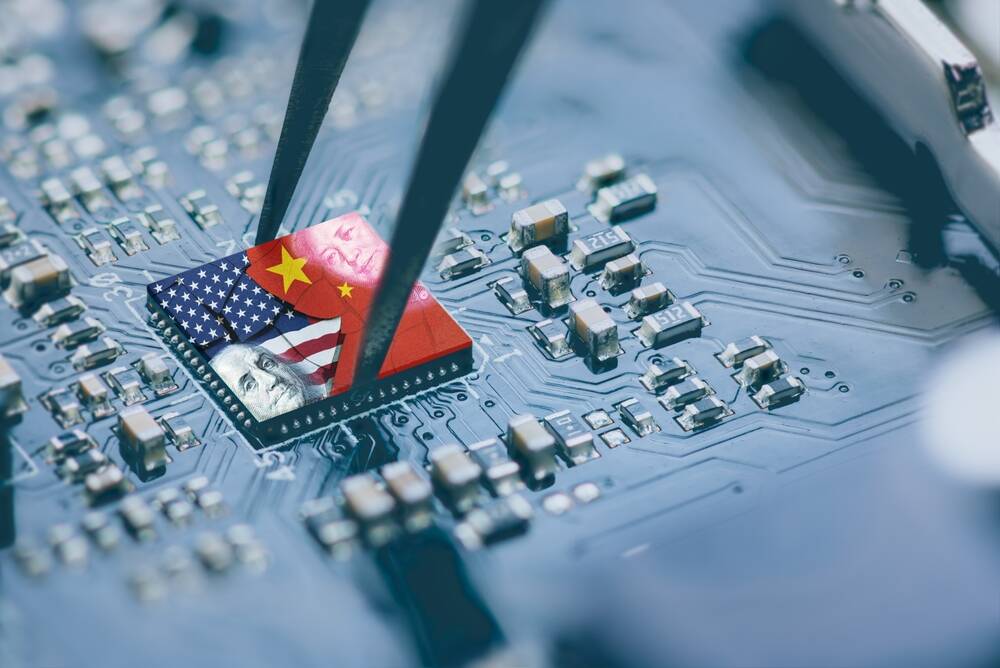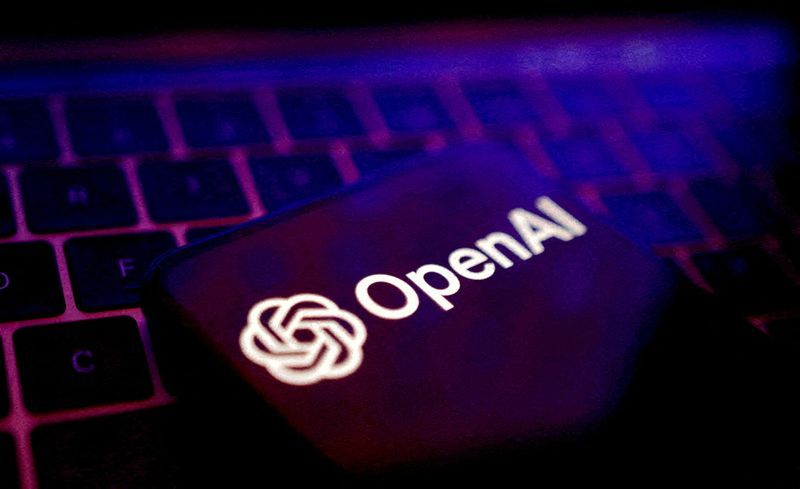Current Trends in AI and Technology Investments
Author: John Doe

In recent weeks, the intersection of artificial intelligence (AI) and technology investments has garnered significant attention, particularly in light of regulatory changes and emerging market dynamics. The Trump administration's decision to lift restrictions on GPU sales to China, specifically Nvidia's H20 chip, has raised alarms among U.S. lawmakers, prompting discussions about the potential implications for AI and military advancements in China. Moolenaar, the Republican chair of the U.S. House Select Committee on China, has called for explanations from the Commerce Secretary regarding this decision.
The backdrop to this situation is the growing tension between the U.S. and China over technology and AI capabilities. As the Chinese government invests heavily in AI infrastructure, there's a tangible fear that advanced processors could bolster their military and intelligence operations. The lifting of these restrictions reflects an ongoing debate in U.S. circles about how to navigate the competitive landscape of global technology while addressing domestic security concerns.
In the cryptocurrency space, the performance of PEPE Coin is under scrutiny as analysts speculate whether it will hit a target of $0.000023 by 2025. The analysis indicates that while PEPE faces challenges, rival projects like Ozak AI, which raised $1.36 million and claims to offer genuine AI utility, might outperform it. Analysts are drawing a parallel between meme-driven cryptocurrencies and those with tangible applications, suggesting a shift in investor sentiment towards projects that deliver real-world benefits.

The geopolitical landscape of AI and technology investment is changing rapidly.
In another significant development, Perplexity AI, backed by Nvidia, is negotiating with major smartphone manufacturers to pre-install its Comet AI mobile browser on new devices. This initiative is a response to the increasing demand for AI-powered tools in everyday technology and marks an aggressive move against incumbents like Google. The company's efforts are indicative of the broader trend wherein AI capabilities are increasingly integrated into consumer technology.
Apple has also made headlines recently with discussions surrounding the iPhone 17 release and potential delays in the MacBook Pro. The iPhone 17 Pro’s release date is highly anticipated, amidst leaks about design changes and innovations including a foldable iPhone. These developments come as the tech giant faces increasing competition and scrutiny regarding its product pipeline and innovation strategies.

Apple's innovation strategies continue to evolve with the release of iPhone 17 and new designs.
There have also been substantial movements in the AI startup ecosystem. Benchmark is reportedly in discussions to lead a Series A investment round for Greptile - a company specializing in AI-based code review, valuing it at $180 million. This investment reflects a growing confidence in AI startups, particularly those innovating in tools that facilitate coding and development processes.
Furthermore, OpenAI has announced a $50 million fund aimed at supporting nonprofit organizations, showcasing a commitment to social responsibility within the tech community. This initiative is expected to encourage innovative uses of AI in philanthropic endeavors.

OpenAI's $50 million fund is poised to support various community-centric initiatives.
Lastly, the importance of adhering to regulations is underscored by Microsoft's intention to sign the EU's AI code of practice, a strategic move aimed at ensuring compliance with emerging AI regulations in Europe. In contrast, Meta has reportedly rebuffed these guidelines, indicating a potential conflict of interest as the company navigates its AI ambitions.
Overall, the convergence of regulatory changes, investment activities, and technological advancements presents a complex landscape for stakeholders in the tech and AI sectors. As companies vie for market position, the implications of their strategies will not only shape the future of AI and tech but also the global balance of power.